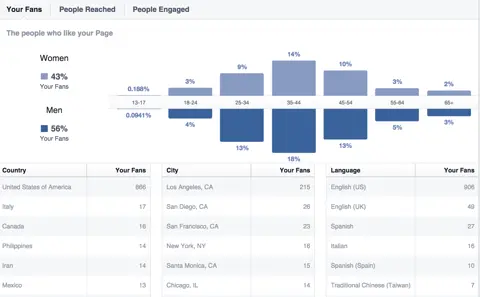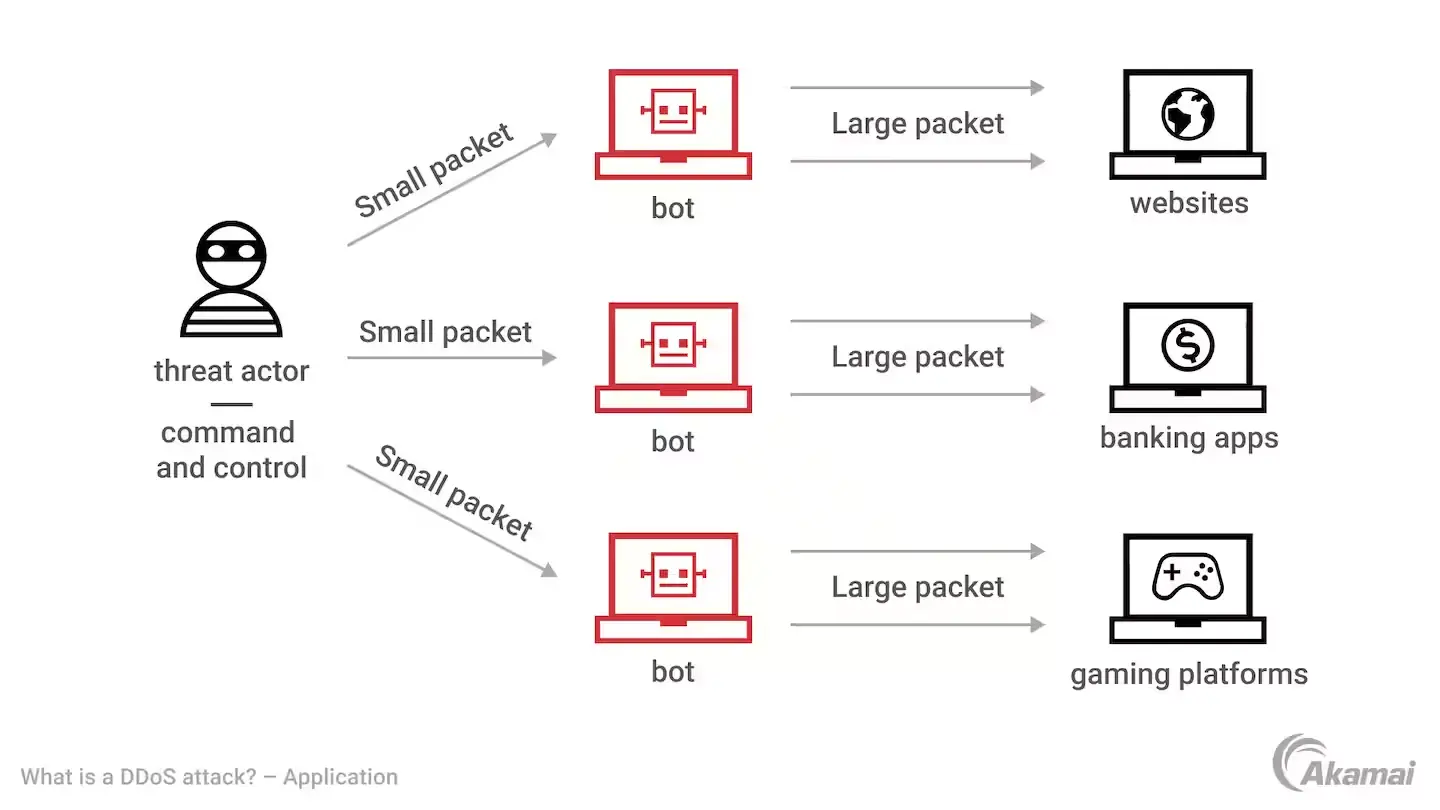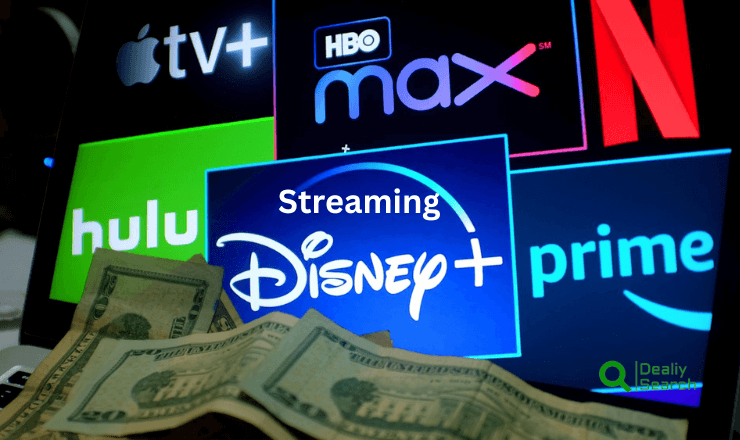Unlocking the Power of Social Media Advertising Insights: A Comprehensive Guide

As a business owner or marketer, you’re likely aware of the significance of social media advertising in reaching your target audience. However, more than simply running ads on social media platforms is required. To truly maximize the potential of your advertising efforts, you need to understand the power of social media advertising insights.
Table of Contents
Why are Social Media Advertising Insights Important?

Social media advertising insights provide valuable data and analytics about your campaigns, audience, and overall performance. These insights allow you to make informed decisions, optimize ads, and drive better results. By leveraging the power of social media advertising insights, you can gain a deeper understanding of your target audience, refine your targeting strategies, and, ultimately, increase your return on investment.
Understanding Social Media Advertising Metrics
To effectively unlock the power of social media advertising insights, it’s crucial to understand the various metrics available. Metrics such as impressions, reach, engagement, click-through rate (CTR), and conversion rate provide valuable insights into the performance of your ads. Impressions and reach indicate how many people have seen your ad, while engagement metrics measure how users interact with your content. CTR and conversion rate help determine the effectiveness of your ads in driving clicks and conversions. Analyzing these metrics lets you identify what’s working and needs improvement in your social media advertising campaigns.
Key Social Media Advertising Platforms and Their Insights

Different social media platforms offer unique advertising insights that can help you optimize your campaigns effectively. Let’s explore some of the key platforms and the insights they provide:
Facebook:
Facebook offers robust advertising insights, including your target audience’s demographics, interests, and behaviours. You can also track engagement metrics such as likes, comments, and shares, allowing you to gauge the effectiveness of your content. Additionally, Facebook provides valuable conversion monitoring data, enabling you to measure the success of your campaigns in terms of lead generation and sales.
Instagram:
Instagram insights provide detailed information about your audience, including age, gender, and location. You can also analyze the performance of your posts and stories, measuring metrics like impressions, reach, and engagement. With Instagram’s insights, you can tailor your content to resonate with your target audience and drive meaningful interactions.
Twitter:
Twitter’s advertising insights focus on engagement and reach. You can track metrics like retweets, replies, and link clicks, allowing you to gauge the impact of your tweets. Twitter also provides audience insights, helping you understand your followers’ demographics and interests.
LinkedIn:
LinkedIn’s advertising insights offer valuable data about your audience’s job titles, industries, and company sizes. You can also track engagement metrics like clicks, likes, and comments, enabling you to measure the effectiveness of your content. LinkedIn insights help you target professionals effectively and refine your messaging to resonate with your audience.
How to Interpret Social Media Advertising Insights

Interpreting social media advertising insights is critical to unlocking their power. Here are some tips to help you effectively analyze and analyze the data:
Set Clear Goals:
Before diving into the data, it’s essential to establish clear goals for your social media advertising campaigns. Please determine what you want to achieve: brand awareness, lead generation, or sales. By aligning your goals with the available insights, you can focus on the metrics that matter most to your business.
Compare Performance Over Time:
To understand the effectiveness of your campaigns, compare performance metrics over time. Look for trends and patterns in the data to identify what’s working and what needs improvement. You can make data-driven decisions and optimize your future campaigns by tracking your progress.
Benchmark Against Industry Standards:
Benchmarking your performance against industry standards can provide valuable context for your insights. Research industry benchmarks for metrics like CTR, engagement rate, and conversion rate to assess how well your campaigns perform compared to competitors. This information can help you set realistic targets and identify areas for improvement.
Segment Your Data:
Segmenting your data allows you to analyze the performance of different audience groups or ad formats. You can identify which segments are driving the best results by breaking down the insights based on demographics, interests, or campaign objectives. This knowledge enables you to tailor your targeting and messaging for maximum impact.
Tips for Using Social Media Advertising Insights Effectively
Once you’ve interpreted your social media advertising insights, it’s time to implement them. Here are some tips for using these insights effectively:
Optimize Targeting:
Use social media platforms’ demographic and interest data to refine your targeting strategies. By reaching the right audience, you can increase the relevance of your ads and improve engagement rates. Continuously monitor your insights and adjust your targeting parameters to ensure you’re reaching the most valuable audience segments.
Refine Ad Creative:
Analyze the performance of your ad creative to identify what resonates with your audience. Look for patterns in imagery, messaging, or call-to-action buttons that drive better results. Use these insights to refine your ad creative and continuously test new variations to optimize performance.
A/B Test:
A/B testing allows you to compare the performance of different ad variations and determine which elements are most effective. Test different headlines, visuals, ad placements, or targeting options to uncover insights that can improve your campaigns. Remember to test one element at a time to measure its impact accurately.
Monitor Competitors:
Social media advertising insights can also provide valuable information about competitors’ strategies. Analyze their campaigns, targeting options, and messaging to gain inspiration and identify opportunities for differentiation. Use this knowledge to stay ahead of the competition and refine your advertising approach.
Case Studies Showcasing the Power of Social Media Advertising Insights
To illustrate the power of social media advertising insights, let’s explore some real-world case studies:
Case Study 1: Company A
Company A, an e-commerce business, used Facebook’s advertising insights to refine its target audience. By analyzing demographic and interest data, it discovered a new segment of potential customers that had previously been overlooked. By tailoring its ads to this segment and optimizing its targeting parameters, Company A increased its click-through rate by 20% and saw a significant boost in sales.
Case Study 2: Company B
Company B, a B2B software provider, leveraged LinkedIn’s advertising insights to refine its messaging. By analyzing audience data, it discovered that its target audience responded more positively to content highlighting specific pain points and industry challenges. By adjusting its ad creative accordingly, Company B saw a 30% increase in engagement and a significant improvement in lead quality.
These case studies highlight the power of social media advertising insights to drive meaningful results for businesses. By leveraging available data and making data-driven decisions, companies can unlock the full potential of their social media advertising campaigns.
Tools and Resources for Analyzing Social Media Advertising Insights

To effectively analyze social media advertising insights, there are several tools and resources available:
- Facebook Ads Manager: This tool provides a comprehensive overview of your Facebook ad campaigns, including audience insights, performance metrics, and conversion tracking.
- Instagram Insights: Offers in-depth data about your Instagram posts and stories, including impressions, reach, and engagement metrics.
- Twitter Analytics: This tool provides insights into your Twitter ad campaigns, including engagement metrics, audience demographics, and performance trends.
- LinkedIn Campaign Manager: Offers detailed analytics about your LinkedIn ad campaigns, including audience insights and performance metrics.
- Third-Party Analytics Tools: Various third-party tools, such as Google Analytics, Sprout Social, and Hootsuite, provide comprehensive social media analytics across multiple platforms.
By utilizing these tools and resources, you can more effectively analyze your social media advertising insights and make data-driven decisions to optimize your campaigns.
Challenges and Limitations of Social Media Advertising Insights
While social media advertising insights provide valuable data, it’s essential to be aware of their limitations and challenges:
Data Accuracy:
Social media platforms rely on user-provided data, which may only sometimes be accurate or up-to-date. Additionally, not all users provide detailed information about their demographics or interests, limiting the accuracy of the insights. It’s essential to interpret the data cautiously and consider it a guide rather than an absolute truth.
Privacy Concerns:
As social media platforms collect and analyze user data, privacy concerns arise. It’s crucial to handle user data responsibly and comply with privacy regulations. Inform your audience about the data you collect and how you use it to build trust and maintain transparency.
Platform-Specific Insights:
Each social media platform provides insights, making getting a holistic view of your advertising efforts challenging. Consolidating data from multiple platforms can be time-consuming and complex. Utilize third-party analytics tools to streamline the process and gain a comprehensive overview of your campaigns.
What Insights Should Businesses Know about Social Media Advertising?
To harness the power of social media advertising insights, businesses should focus on the following key insights:
Audience Demographics:
Understanding the demographics of your target audience is crucial for effective targeting and messaging. Analyze insights related to age, gender, location, and interests to refine your campaigns and enhance audience engagement.
Engagement Metrics:
Engagement metrics provide insights into how users interact with your content. Analyze metrics such as likes, comments, shares, and retweets to gauge the effectiveness of your messaging and identify opportunities for improvement.
Conversion Tracking:
Conversion tracking allows you to measure the success of your campaigns in terms of lead generation and sales. Set up conversion tracking pixels or tags to understand how your ads drive valuable actions and optimize your campaigns accordingly.
Ad Performance:
Analyze metrics like impressions, reach, CTR, and conversion rate regularly to assess your ads’ overall performance. Identify trends and patterns to make data-driven decisions and optimize your campaigns for better results.
Conclusion: Harnessing the Power of Social Media Advertising Insights for Business Success
In today’s digital landscape, social media advertising insights are invaluable for businesses looking to maximize the impact of their campaigns. By understanding the data, interpreting the insights, and taking action based on the findings, you can unlock the full potential of social media advertising.
Remember to set clear goals, compare performance over time, benchmark against industry standards, and segment your data to understand your audience better and optimize your campaigns.
With the right tools and resources, you can analyze social media advertising insights effectively and make informed decisions to drive better results. Embrace the power of social media advertising insights and propel your business towards success.





